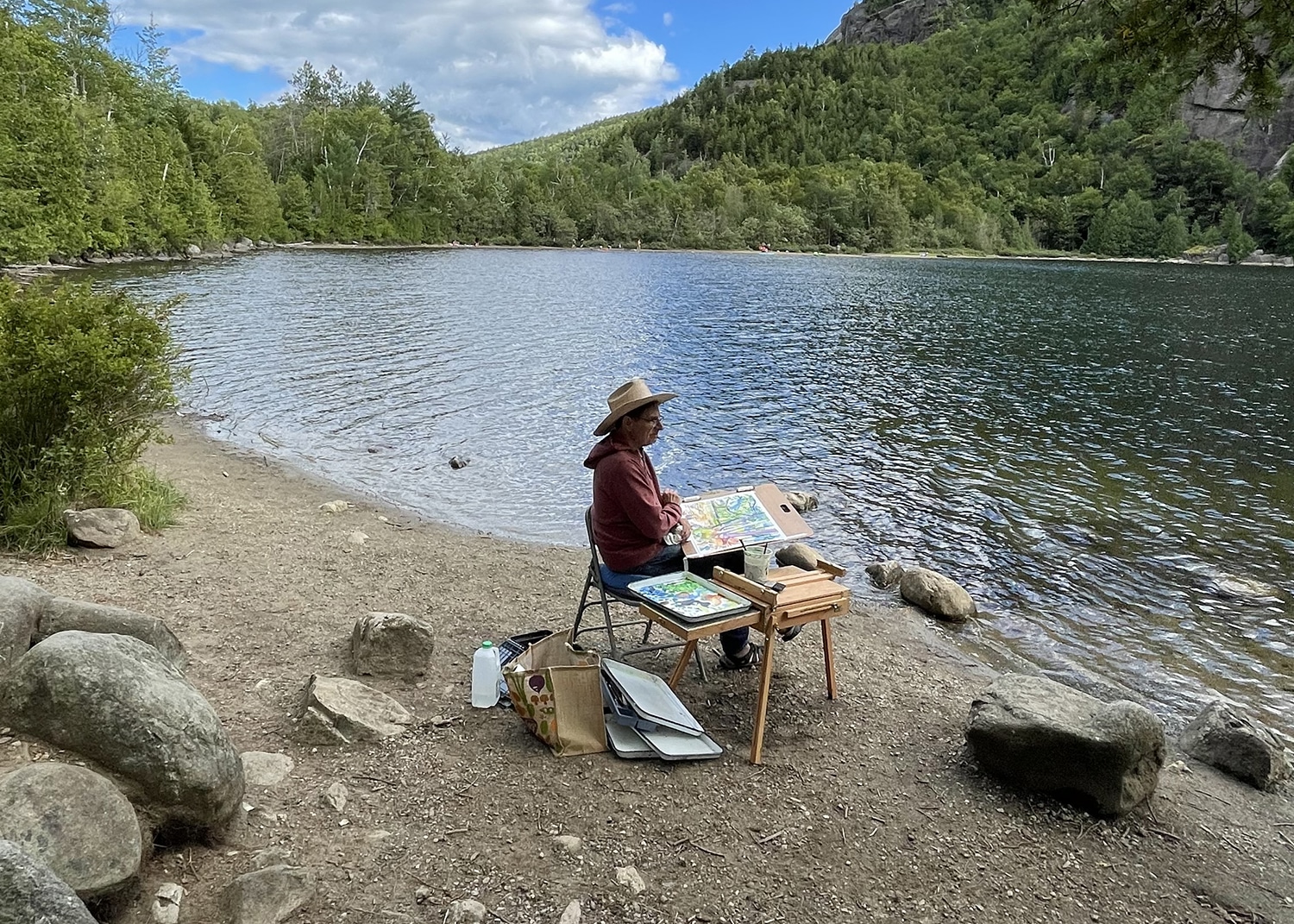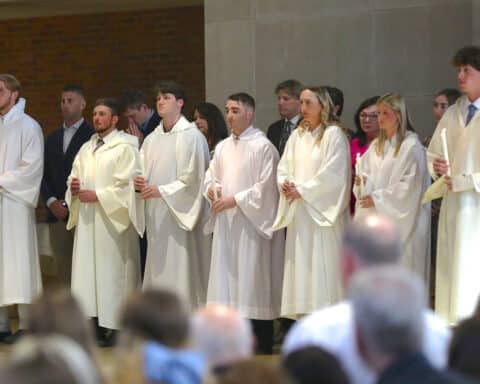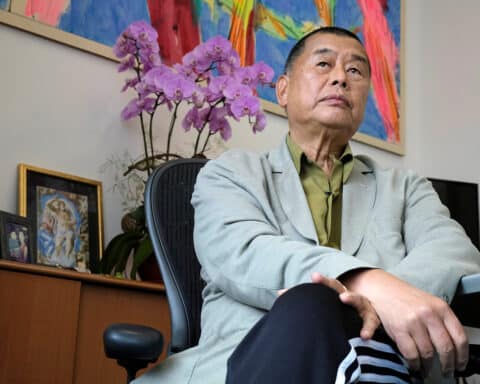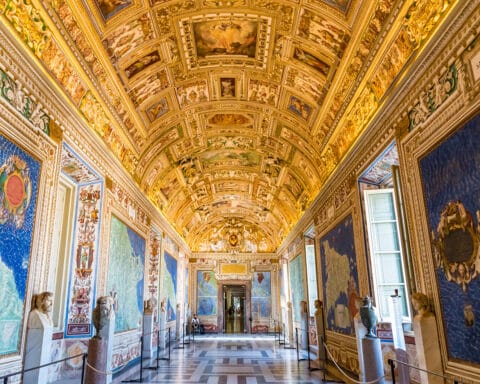Dan Finaldi doesn’t have a studio. His house in New Jersey doesn’t have space, and that might become a problem when he retires from teaching to spend more time painting, which he plans to do in the next few years. He’s been a high school teacher for 23 years, and as much as he enjoys teaching teenagers, at age 62, he’s finding it harder to match their energy.
But he’s still teaching now, and when the weather’s too bad to go outside, he often stays after school to paint. More often than not, he ends up painting his students. “They’re posing or eating, and I’m painting them. They talk, they share. They tell me their life stories,” he said.
“I just want to paint them. Sometimes, people will come to me and say, ‘Can I pose?’ and I say, ‘Sure.’ I’m fascinated by looking at people. There are so many different things to look at in a face. I love looking at their faces,” he said.
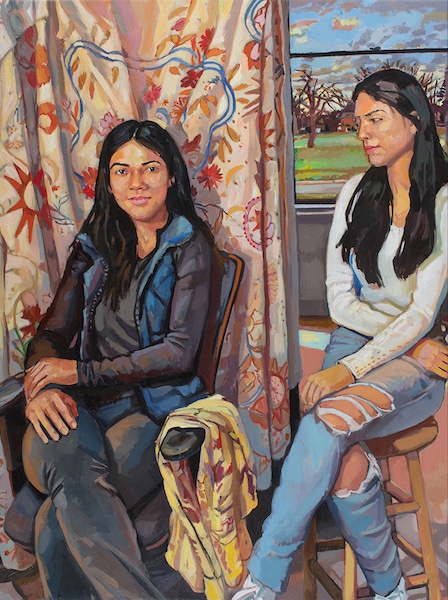
Finaldi teaches at a public high school that welcomes lots of Indigenous students, many with complex or traumatic histories.
“Last year I painted two double portraits, sisters from Mexico. They told me their grandmother speaks an Indigenous language, not Spanish, some ancient language that has perdured,” he says.
The Southern and Central American migrant students often speak of their families, and Finaldi said they also seem to bring a heightened sense of color and design to their work, as well as an apparently innate talent for working with pottery and clay.
Awakening a dormant ability
All students have a “dormant ability in drawing,” he said, and he sees it as his job to teach them the skills to wake up that dormant ability. But it helps when some of the students also supply enthusiasm and inspiration.
“When you’re in a class of 25 kids, it does lift all boats, when you have kids that are not on their phones, and they’re looking at other kids’ artwork,” he said. “Their work improves aesthetically. They see the line work and the color, and they try to imitate it.”
Finaldi is just inspired to paint the kids themselves, though.
“They’re such beautiful, interesting-looking people; I just want to paint them. I’m fascinated by looking at people,” he said.
The natural world
But when the weather is fine, Finaldi will be outside, using oil paint or watercolor to capture his other great love: The natural world. He’s learned to harness the power of Instagram and will share a video panning slowly past a busy playground where he’s set up his easel, his unfinished canvas blending into the rosy sun and shadows of a late summer afternoon.
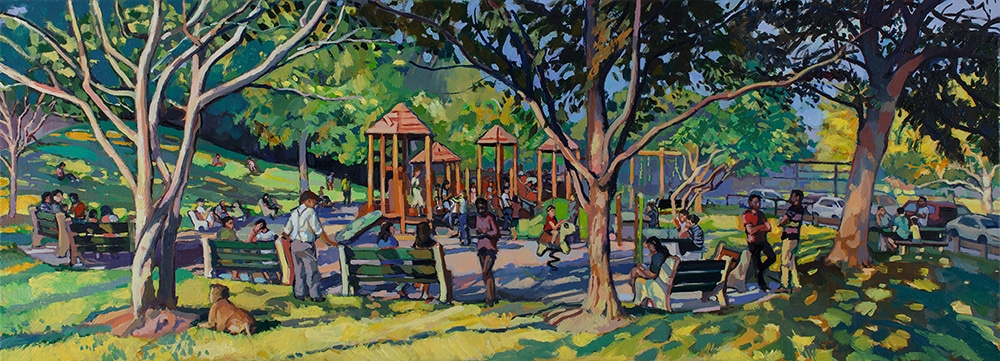
The loose, light-filled strokes of color are typical of Findaldi’s work, which presents fluid, unpretentious scenes of daily life: the rusty glow of autumn leaves under a cerulean sky; a moody moonlit nocturne with power lines; teenagers just hanging out.
Lifetime love
Finaldi has been painting all his life. But when he was first married and his children were young, art was only for his spare time, and he did clerical administrative work for a law firm in Manhattan, working evenings so as not to miss too much family time. He was good at his job and liked being able to walk out the door and leave work behind at the end of the day.
But the “negative spiritual energy” of the work got to him eventually.
“It was so money-oriented and rooted in capitalism. I’m very empathic, and I pick up on that deadened energy,” he said. After 10 years, he had had enough.
His friends reminded him that every other painter they knew was also a teacher. He’d been resisting that path for years, remembering how he never fit in as a student (and how his teachers all seemed ill-paid and miserable). But he took the leap, got his certification, and took a job at a public high school where the staff seemed well-respected. In New Jersey, students are required to take at least one year of art, so the various art teachers don’t live in fear that their positions will be squeezed off the budget every year.
Approachable teacher
And over the years, he’s learned how to teach. Much of it depends on remaining approachable, he said.
“If the perception is that this [teacher] is a decent person and not out to bust your chops, that carries 99% of the weight for a teacher. Students come in relaxed,” he said. This allows his students to get past their inhibitions and be more open to direction.
“That, and self-deprecating humor,” he said.
Once the students are comfortable and trust that the teacher isn’t out to get them, they’re more ready to learn.
“When we get to it, we get to it, and there’s a lot of determination to get things done,” he said.
A creative act is a God moment
He himself is painting all the time. He describes getting past the initial entry point of a painting and entering a state of instinctive “interplay” between “seeing and doing,” and then he just goes until he’s exhausted. He compares the creative act to prayer: A practice that must be learned and repeated until it eventually begins to come naturally.
“When you become a good practitioner of prayer, it becomes very direct, very natural,” he said.
In retrospect, you might ask yourself how you knew what to say or what to do, and you might be able to analyze it specifically as Ignatian or contemplative prayer, for instance.
“But when you’re in it, you’re just doing it. Whatever’s most natural, you’re just doing it.”
The same is true for when he’s painting. “The creative act is a God moment,” he said.
Sacred art
When people discover he’s a Catholic, they sometimes ask him why he doesn’t make sacred art.
“I’ve struggled with that,” he said. “If I felt confident I could make [sacred art] that’s not mawkish, I would do it.”
But he is hesitant, because he has seen so many egregious examples of bad religious art, and doesn’t want to add to that.
He said he looked to iconographers, and to the old masters like Titian and Caravaggio, for images of Jesus that avoid sentimentality. He also greatly admires the few pieces of sacred art Manet made, especially “The Dead Christ With Angels.”
“I wish I could do it. Maybe I am being called to it. God is very tricky in how he calls you. God is such a trickster. He’s quiet; he works behind the scenes. He works in your subconscious. He works in your observations,” Finaldi said.
Painting Jesus
With this in mind, Finaldi said that although the subjects he paints are secular, his art itself is always informed by the sacred.
“My instinct is so wedded to how I see reality as a person of faith, my work is imbued with my faith. It just is. When I’m painting outside, I feel the presence of God in nature. Of course, it influences my work. Of course, it does,” he said.
He sometimes becomes so overwhelmed by the awareness that God is everywhere, he wonders if he’s becoming delusional. He said a priest friend urged him to stop overanalyzing this sensation and simply to enjoy it.
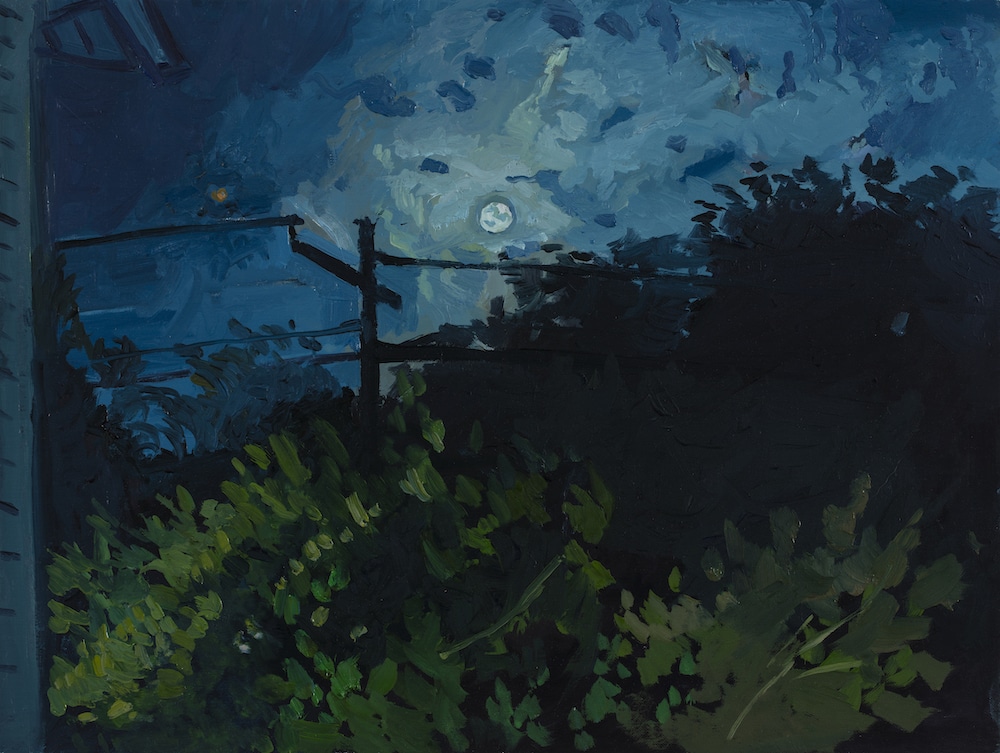
But it’s not only in nature that he finds the divine. It’s also in those mundane scenes with people he knows, particularly his students.
“When I look at a face and they’re telling a story and I’m painting them, I have to think, ‘This is Jesus I’m painting.'” Finaldi said.
“When I am painting my students who are carrying all these stories, I’m painting Christ. That’s how I feel,” he said.
“These kids are such a witness to suffering. It does seem like God wants us to see him in suffering. When we’re looking for God, saying, ‘Where are you?’ he points here, in the suffering person. ‘I’m here.'” Finaldi said.

